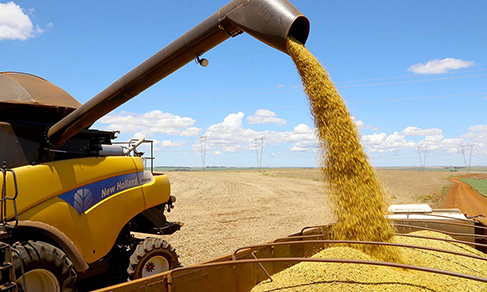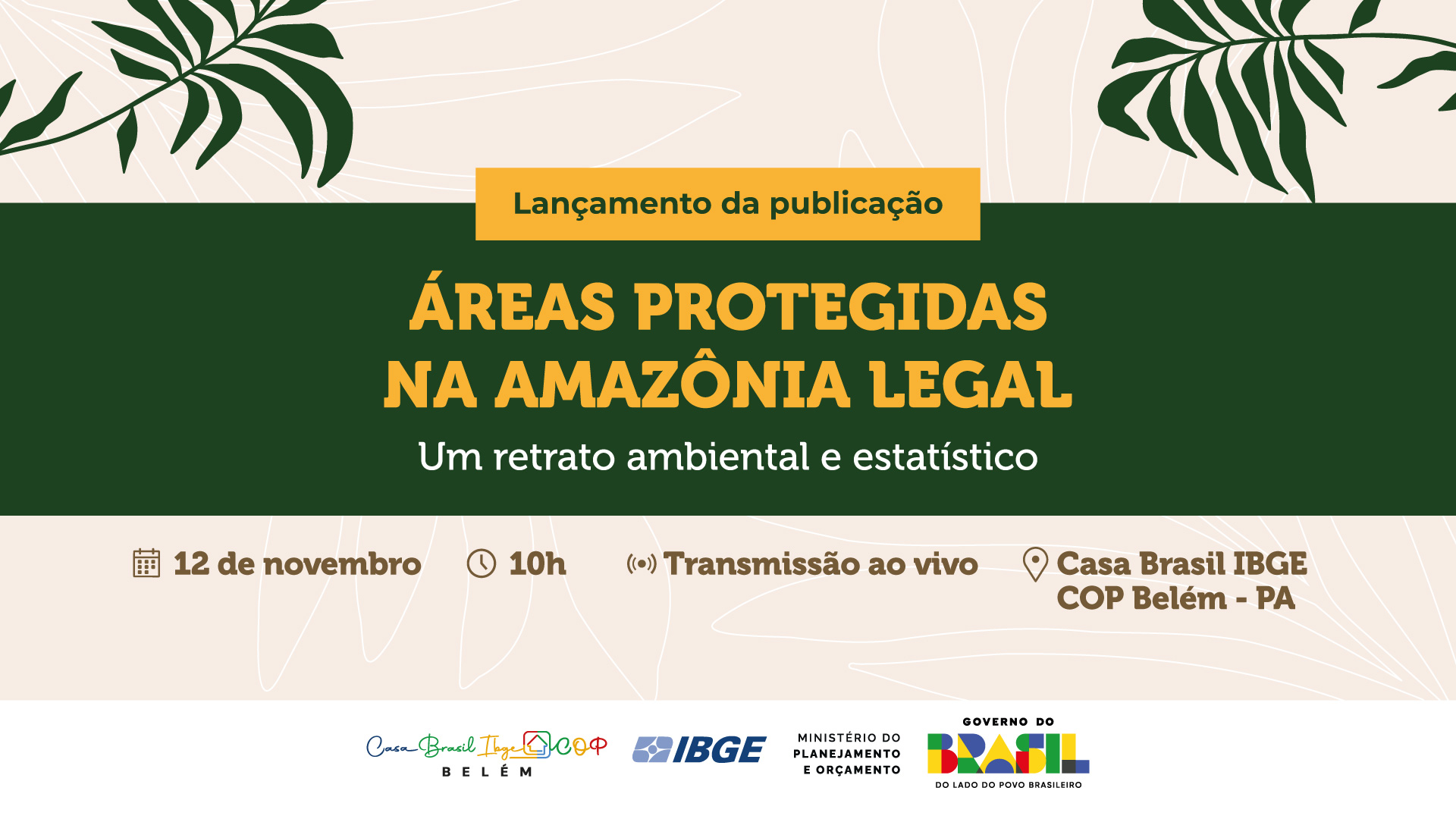Profile of States and Municipalities
Number of municipalities with fires increases 42.9% in four years
November 10, 2021 10h00 AM | Last Updated: November 11, 2021 04h14 PM
Highlights
- n 2017, fires affected 33% of the municipalities that reported the existence of environmental damage, in 2020 the rate jumped to 49.4%.
- The second highest occurrence was of extreme weather conditions such as droughts and floods, with 40.9%.
- In the North, 78.5% of the municipalities reported environmental damage. In the Central-West the figure was 69.2%.
- The South registered 71.5% of the municipalities affected by droughts in 2020, surpassing the Northeast, with 65.7%.
- 15 of the 27 Federation Units pointed out the management of water resources as one of the three priorities in their environmental agenda in the year.
- The average percentage of the state budget for the environment dropped from 2% in 2017 to 1.6% in 2020.

About 66% of the Brazilian municipalities reported the occurrence of at least one environmental impact between the years 2018 and 2020. Of these, half reported cases of fire. This is shown by the result of the Profile of Brazilian Municipalities (Munic) 2020, released today (November 10) by the IBGE. Compared to the survey for 2017, there was a drop of two percentage points (68.2% to 66.2%) in the item. A total of 5,468 municipalities answered to this topic in the survey, whereas 102 municipalities did not provide the information.
When analyzing the type of environmental occurrence, there is a considerable difference in relation to the previous survey. In 2017, fires affected 33% of the municipalities that reported the existence of environmental damage in the 24-month period prior to the filling out of the form – a total of 1,252 municipalities. In 2020, the index jumped to 49.4% of the respondents, that is, 1,789 municipalities. This increase is 42.9% in absolute terms and does not take into account the 102 municipalities that did not answer.
The present survey shows that the second highest occurrence was extreme weather conditions such as droughts and floods, with 40.9%, followed by the lack of sanitation that caused the inadequate disposal of domestic sewage, with 31.5%. Compared to 2017, the numbers were 46% and 36.5%, respectively.
By areas, Munic 2020 makes regional differences clear. The proportion of the municipalities that reported having suffered environmental damage in the period is considerably higher in the North, which registered 78.5%. The Central-West is also above the national average, with 69.2%. The South equaled the country's average (66.2%) while the Northeast (65.3%) and the Southeast (63.1%) were below. “Environmental studies show the Amazon and the Cerrado as biomes that have been suffering a very large impact in recent years, and information from Munic 2020 corroborates this data”, says Ms. Caroline Santos, survey analyst.
States start to prioritize water resources management in 2020
The management of water resources became predominant as a priority issue in the environmental policy of the states and the Federal District. Also released today by the IBGE, the Survey of Basic State Information (Estadic) shows a significant change in the priority of these environmental issues for state public policy.
In 2020, 15 of the 27 Federation Units (FUs) indicated the management of water resources as one of the three priorities in their environmental agenda. Environmental licensing, which predominated in 2017 with 19 FUs, dropped to just eight in 2020. Other highlights were the management of forest resources (10 FUs) and environmental management, fire control and solid and hazardous waste management, with nine FUs each, and environmental education, with eight. Coastal management and management of fishery resources, which in 2017 had only been mentioned by one FU, in 2020 was included as a priority in six. "Although fires lead the environmental occurrences in the municipalities, this theme does not lead the most listed priorities in the states, which can demonstrate a certain lack of harmonization between the entities", says Caroline.
It is worth mentioning that Roraima and Pará, which comprise areas of the Amazon Forest, only adopted fire control as one of their priority issues in 2020. In Mato Grosso do Sul, which covers a large part of the Pantanal biome, the issue was not a priority neither in 2017 nor in 2020. The themes of soil resource management and recycling were not a priority for any of the FUs in any of the last two editions of Estadic.
Estadic 2020 also shows that all FUs had an Environment Council (CMA), as in 2017. But the representation of councils on an equal basis increased: from 16 to 22 FUs. In two states (Pará and Piauí), the CMAs had greater representation from civil society, while in three (Rio Grande do Norte, Paraná and Goiás) there was greater governmental representation.
The average percentage of the state budget allocated to the environment fell from 2017 to 2020, from 2% to 1.6%. Only three FUs (Acre, Paraíba and Alagoas) stated that they did not allocate a percentage of the state's financial resources specifically to the set of bodies in charge of the environment in 2019. Tocantins, on the other hand, claimed to allocate, but did not detail how much in percentage terms.
More about Munic and Estadic
The Surveys of Basic Municipal (Munic) and State (Estadic) Information provide information on the structure, dynamics and functioning of municipal and state public institutions. In 2020, in addition to the themes: Human Resources, Housing, Transportation, Agriculture, Environment and Risk and Disaster Management, Munic will bring a block on the COVID-19 pandemic, providing information on the municipalities affected by the coronavirus and the actions taken by the municipal administrations to minimize the impacts of the disease. At Estadic, the topics surveyed were: Human Resources, Housing, Transportation, Agriculture and Environment.




















